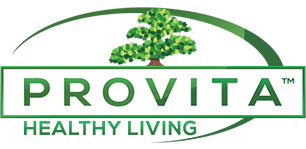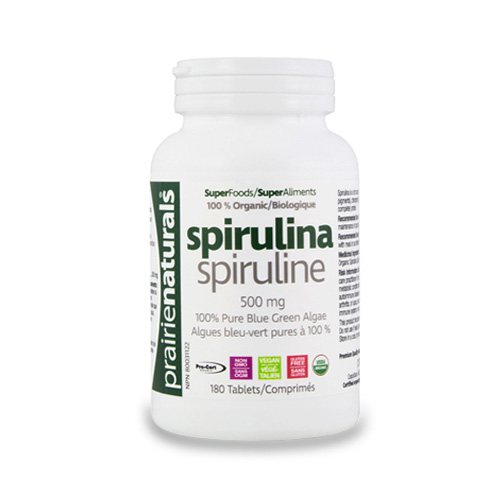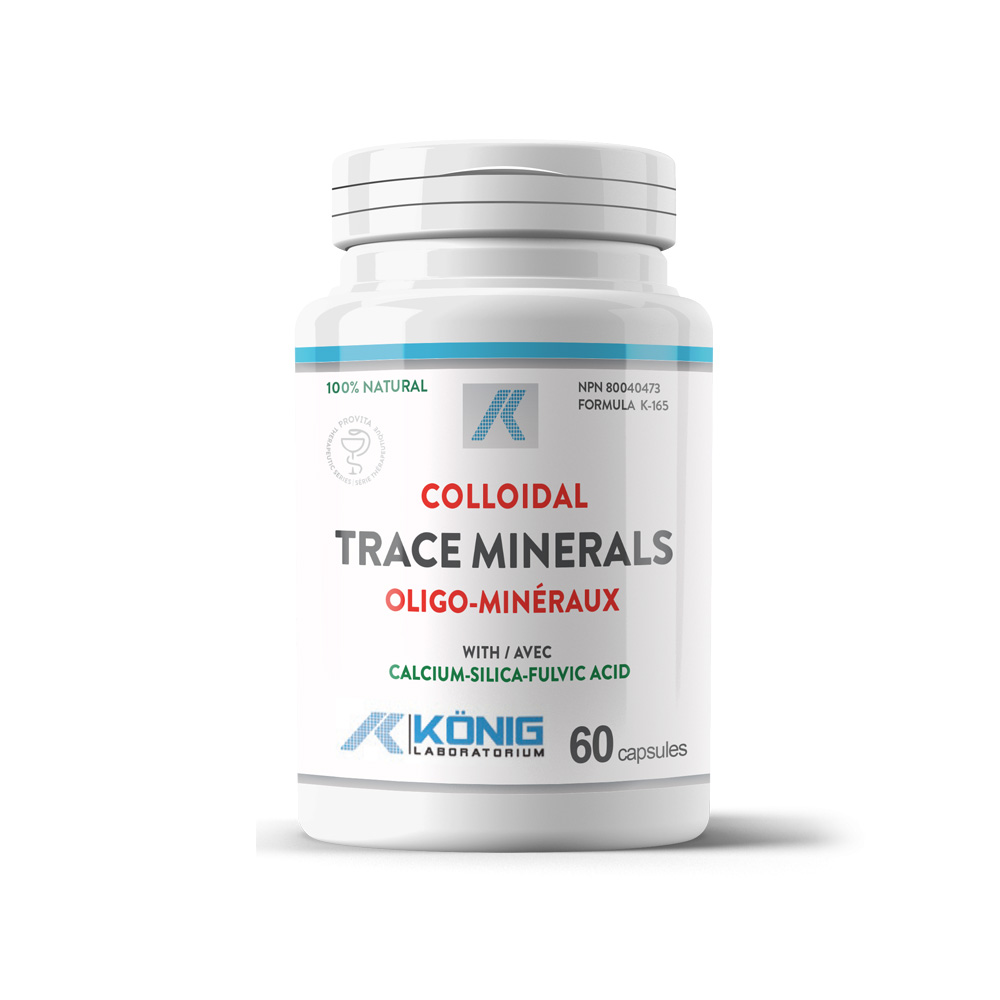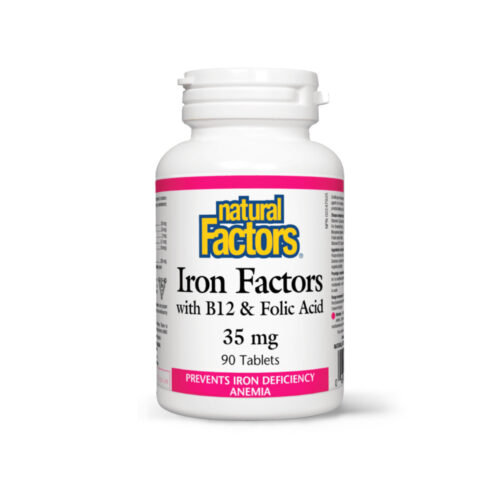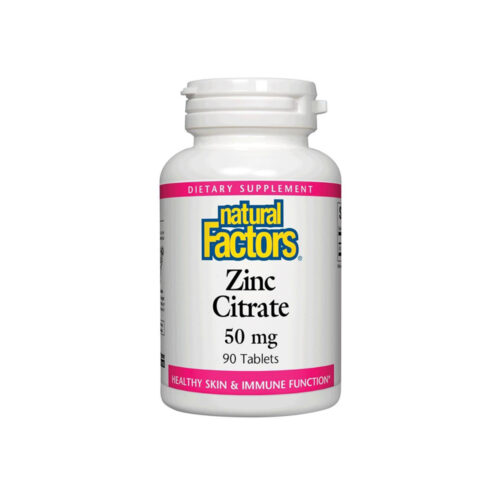Product actions
- Detoxifies body of pollutants and heavy metals;
- Increases enzymatic activity;
- Adjusts hormonal imbalance;
- Changes carbohydrates metabolism;
- Accelerates protein metabolism;
- Stimulates the immune system;
- Elevates the rate of nutrient assimilation;
- Energizes body cells;
- Hinders viruses absorption and helps eliminating them from the system;
- Reduces acidity in the body; favors the absorption of more oxygen into the bloodstream.
Foods and regular nutritional supplements contain only a narrow range of trace minerals required for optimal body functioning. Many of the rare minerals still needed by the body, in smaller amounts, are missing from our diet.
Unlike common inorganic minerals, colloidal minerals are very small and they are in suspension. Only 10% of inorganic minerals can be absorbed by the body.
Colloidal trace minerals are derived from organic sources, so they are naturally “chelated”. Because of the very small molecular size they are nearly 100% bio-available.
The proprietary trace colloidal minerals formula offered by Konig Nutrition Laboratorium is rich in Electrolytes and Fulvic Acid. It also includes colloidal Silica (essential component of body tissues), Calcium (corral calcium) and vitamin C. This makes it a fortified and efficient trace minerals complex.
Electrolytes are required to facilitate transport of minerals and nutrients in the bloodstream.
The benefits of Fulvic Acid is one of the latest scientific discoveries. It looks like the Fulvic Acid is a real miracle.
In his most famous experiment, medical doctor Alexis Carrel, Nobel prize winner in medicine, removed a small amount of tissue from an embryonic chicken heart, and immersed it in a container with nutrients (trace minerals, electrolytes and Fulvic Acid). These cells were kept alive and well for more 28 years! The cells did not get old, did not get sick and did not die . The discovery shocked the whole medical community.
Fulvic Acid is a super antioxidant and relentlessly assists in the cellular metabolism. Fulvic Acid is the most potent natural electrolyte known. Fulvic Acid restores the electric balance of damaged cells, and neutralizes toxins in record time. When coming across free radicals with unpaired positive or negative charges, Fulvic Acid interacts with an equal and opposite charge, neutralizing free radicals electrically, and rending them harmless.
Fulvic Acid also enhances the availability of nutrients and organic matter required by the body cells, and has the ability to transport nutrients through the cells.
Colloidal silica is a trace element essential for tissue maintenance and regeneration.
 EN
EN HU
HU ES
ES IT
IT
